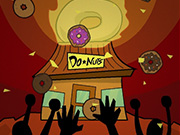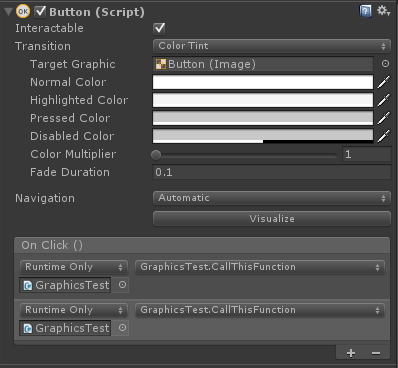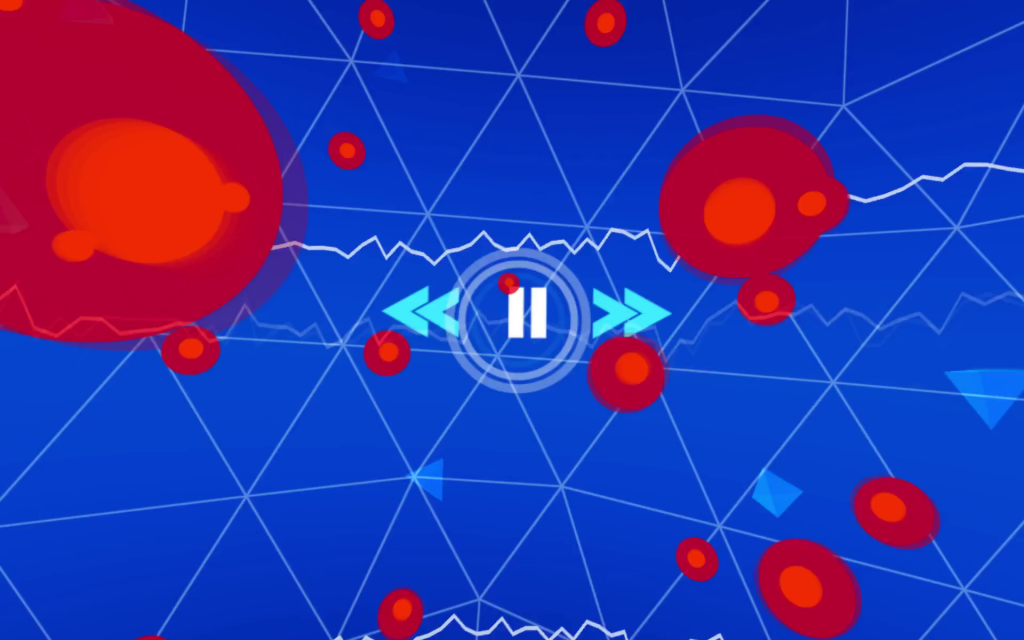Hello Ya’ll!

I’m coming out of the woodwork to announce a new game from Sokay, Cheddar Beach: Episode 0. In a strange turn of events, this new game is in the style of a visual novel. Meaning that it’s a story-based game, with a lot less interaction than an action game like Thugjacker. Cheddar Beach: Episode 0 is coming this Spring and planned for release on PC (Steam) and mobile (Android and iPhone/iPad).
I started working on Cheddar Beach about a year ago. The plan was to come up with something that I could potentially finish just by myself. For years, I’d been wanting to experiment more with telling stories in games. With each Sokay project, I’ve tended to approach the gameplay and story together. We may start with an idea sparked by the story and the world that we imagine, and sometimes we start with the gameplay first and build a story around that.

With Cheddar Beach, I wanted to figure out if we could make a game based around a story. The story is the gameplay. Could that be interesting in and of itself? Growing up, action games were just about all there was to play on the NES. The games that got more complicated than that (Romance of the Three Kingdoms, Final Fantasy, Dragon Quest), just weren’t for me! Mostly because they didn’t make any SENSE to me (I could barely read), but also, menus are boring! I want to control an actual character, move them around the screen and have them attack when I press a button!
Over time, I grew out of my comfort zone. Secret of Mana was an action game that introduced me to leveling and experience points. Chrono Trigger introduced me to why the story in the game can be the “icing on the cake,” and made it worth learning how to navigate a menu-based RPG battle system. Resident Evil and Metal Gear Solid showed me stories that I could enjoy, without even playing the game firsthand.

Cheddar Beach is not only a new genre for us, but a new game engine. For this project I dove into the Godot Game Engine to get a feel for development with it. On my first impression, it reminded me of what it ‘felt’ like to develop games in Flash. Back then, it felt quick to jump in and experiment with ideas. The editor is lightweight and worked well across Windows and OSX platforms, so it got my attention. It’s free and the exporters for different platforms (html, Windows, iOS, Android) seemed to work well also. So I gave it a shot.
We are planning on releasing Cheddar Beach: Episode 0 in Spring 2024. It will be available on PC by way of Steam. Also, for mobile on Android and iOS.
Currently, the game is playable from start to finish, but we’re testing and polishing things. The plan is to continue development of Cheddar Beach: Episode 0 after launch to polish, add new features, and implement feedback. The goal is to keep this rolling until we can develop and release an Episode 1, which would be the “actual” start of the story.
Stay tuned!





























